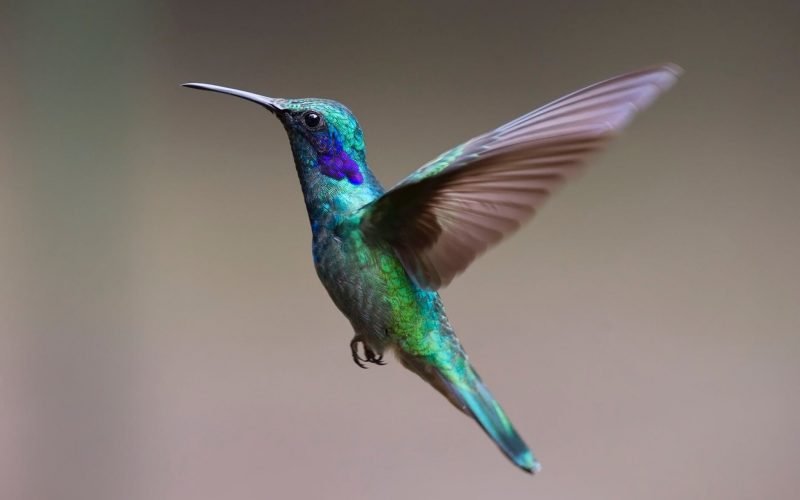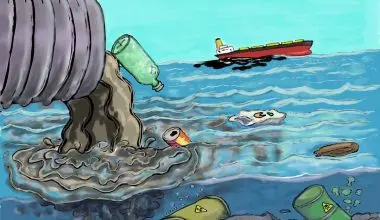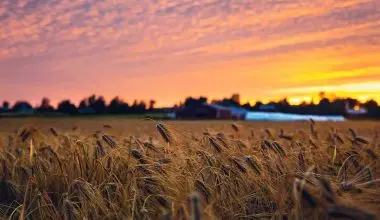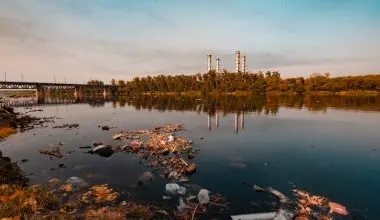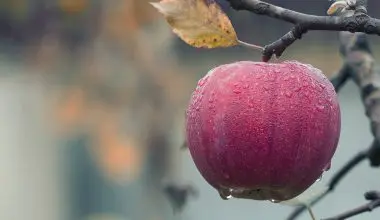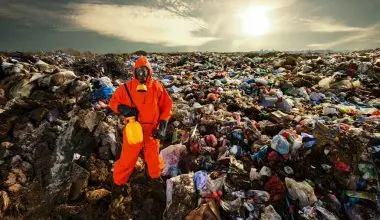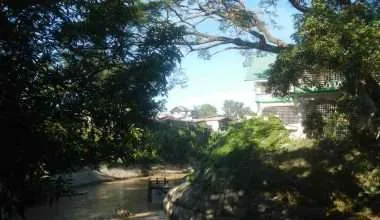Table of Contents Show
What is Biodiversity?
Biodiversity is one of the pillars of the ecosystem which helps humans to thrive and to function. We would not find many plants and animals (including humans) if biodiversity would not exist in our ecosystem. The biological diversity in an environment; also known as biodiversity, is basically the variety of organisms in an ecosystem.
Maintaining the balance in the ecosystem involves different plants and animals working together. The functioning systems which provide food, medicine, and new technology are created by these interactions. Biodiversity includes different species in the ecosystem as well as genetic variation within the same species.
We have destroyed and disrupted many ecosystems by damaging them and reducing its biodiversity as we spread across the globe. There are many examples of this which can be seen in many places as the animal extinction has risen and the crop yields have reduced in many of the developing countries.
Why is biodiversity important?
It is very important for many reasons which can be divided into two categories: The role Biodiversity plays for humans and The role it plays for different ecosystems.
The ecosystems flourish and work in the presence of biodiversity. Many plants and animals came to life in the same habitat over millions of years ago. Over the years, these plants and animals have worked to hold the ecosystem together. The eco-system balance is damaged significantly when one of the species go extinct. The damage to the ecosystem is highly exacerbated when there is a loss of keystone species.
An olive branch: Examples of Keystone Species
Let me share an example of how biodiversity affects the ecosystems. Sea Otters are found in kelp forests on the coast of California. Sea otters feed on the sea urchins whereas sea urchins feed on the kelp. If sea otters get damaged and reduce in number, the sea urchins multiply. Increased sea urchins would then eat large proportions of the kelp forest. This would eventually lead to habitat destruction. This would also lead to the death of other animals that depend on kelp forests as a habitat. Henceforth, the whole ecosystem could collapse.
Having biodiversity at large would help to protect against situations like these and make our ecosystem more resilient to change. To maintain functioning and self-regulation; biodiversity is very important.
Biodiversity is the source of many resources for us which are worth Billions of dollars. These resources are known as ecosystem services that are divided into three types:
1. Provisioning services
They contain anything which is related to the production of renewable resources. For example, farming or energy production. In farming; if the crops have higher biodiversity, it is likely that they would have less risk of dying from any weather event or disease. It would protect the farmer and increase the overall yield of the crop.
2. Regulating services
These services include everything that promotes the betterment of the environment. If biodiversity of the trees is maintained; it is likely that the population of trees growing in the forest would increase. This growth in tree population would mean betterment of the environment as they will absorb more CO2. Absorbing CO2 from the environment, which is a greenhouse gas, will certainly fight and regulate climate change. Forests have been acting as huge carbon sinks for the world.
3. Cultural services
These are any type of services that makes it a source of entertainment for us, without use of any materials. They can include any type of outdoor creation. I’d like to elaborate a bit more on the topic of cultural services of an ecosystem; you can skip the part if you like.
- One of these services is being available for recreation or betterment of mental and physical health of humans. Such services come in use when you go camping in the forests, jogging around the park or playing sports in urban green spaces. Recreational fishing is another great cultural service by nature. Not to mention, it allows the fishermen to continue their lifestyle despite urbanization.
- Nature has been a great source of attraction for tourists. This cultural service benefits the millions of visitors with calming views and subsequently benefits the local communities with increased business opportunities.
- Other than that, nature has been a source of inspiration to many artists and a place of meditation to many people.
Biodiversity continues to help and improve our daily lives. It also plays an important role in creating the planet. So, the actual value of biodiversity is far more than we can imagine.
Various threats to biodiversity
Since our existence, biodiversity has continuously been under threat. As we humans expand; we find, use and change the land according to our needs and purposes. These changes damage the natural local habitat which reduces biodiversity.
1. Habitat Loss and Destruction
Habitat loss is one of the greatest threats to biodiversity ever known. This happens through the process of clearing of forests, polluting oceans, or anything that alters the habitat conditions. Large amounts of natural resources are harvested from nature. If these resources are not harvested sustainably, it has dangerous consequences.
The largest cause of habitat loss can be seen as land development. As urbanization has increased over the years, more and more land has been repurposed for human needs. This destroys the natural habitat and increases stressors like noise pollution for the nearby animal populations which makes them migrate. The migration of these animals from the area results in a substantial loss of biodiversity in the area and sometimes even the world. Another related issue that we’ll discuss ahead as well is that these animals may go on to become invasive species to another ecosystem thereby damaging it as well.
2. Climate Change
Along with habitat loss and urbanization; climate change also contributes towards the destruction of biodiversity. Urbanization has led to human development which leads to increased consumption of natural resources.
Regional climates are altered by climate change. These changes in weather makes the animals move to another area. Their migration alters the local ecosystem. With changes like these, some climates may completely change. Islands will be covered with water and glaciers will melt, which is actually happening in various places in the world.
3. Invasive Species
Invasive species are also a threat to biodiversity. Invasive species are animals and plants which are not naturally found in the area and come from far away. These organisms are moved intentionally or unintentionally by human acts as we discussed above.
Intentionally, new animals are brought to an area as pets. Mostly when invasive species are introduced, they are mostly able to survive because the ecosystem of that area is not adapted to their presence. An example of such species is the brown tree snake which was accidentally introduced to Guam by aircraft in the 1950’s. Over the years, these snakes have led to the extinction of 5 reptile species and 3 birds in Guam.
10 ways we can protect biodiversity
There are many things we can do to save/protect our planet and its biodiversity. These are some of the steps that we can take to conserve biodiversity.
1. Nature Preserves:
These are protected by the government regulations and are known as National parks. These parks protect the region and the organisms present within them. The ecosystems of these parks are protected and developed. These national parks are home to some of the oldest trees on earth and are accessible for the public to visit them. This is a brilliant idea as it protects the natural habitat and ecosystems as well as keeps it open for people to visit at the same time. Overtime, this would guide people to respect the natural world and would increase the pressure over the government to take such initiatives.
2. Government legislation
The government is an influencing body which has the power to control what is being done to the habitats within a country. Laws and legislations help protect the natural habitats by outlawing the development of an area at the cost of harvesting natural resources which has an impact on the natural biodiversity. The best way to preserve biodiversity is to protect the habitat before it has been altered.
3. Reducing the amount of invasive species
Invasive species are introduced into the ecosystem purposely, however, they can accidentally make their way into a new ecosystem as well (discussed above). Planes, ships and cargos should be checked before they are offloaded to limit the number of invasive species introduced by accident. Moreover, people should not bring foreign species as pets to different areas without consulting an ecologist who has the knowledge of that particular area.
4. Habitat restoration
We can try to restore the area which has been damaged by humans. This eventually means to grow trees (forests) and bring back the animals which were lost during the damage.This has been a strong step towards returning biodiversity to the region. An example of this is the return of wolves into Yellowstone National park. These wolves help to increase prey species as they eat elk and coyote. Restoration projects such as these can be undertaken by NGOs, local organizations and governments. This is one of the major causes of founding EnvironmentBuddy.
5. Captive breeding and Seed Banks
This happens when animals are kept captive and forcefully bred. Most of the world sees this as controversial as animals that are close to extinction are the ones usually captured. However, it also has a positive side as this provides the opportunity to increase the population of that species so that they can be reintroduced. Seed banks are places which contain huge varieties of plant seeds. This provides a safe haven for the plant species which are close to extinction. Such plants can be regrown from those seeds and be reintroduced in the habitat. Seed banks are in practice from many years. Some seed banks have collected over 2 billion seeds stored at a time. Svalbard Global seed vault is the largest seed bank founded by the Norwegian government in February 2008 and contains seeds of almost all the species that are growing, become endangered or even extinct.
6. Research
It is very important to understand how species interact within the habitat. As we understand further about the interactions of species, we find more ways to protect organisms and maintain biodiversity.
7. Reduce Climate Change
We already know that climate change has been destroying habitats and adversely affecting many living things on earth. The use of fossil fuels has been a major cause of climate change, alternative energy sources should be used instead of fossil fuels. It requires a worldwide effort to reduce the effects of climate change.
8. Education and Awareness
Education has played a vital role in raising awareness among people; it is one of the ways to success in community. To make the public aware about the importance of conserving biodiversity, they need to be educated to be able to understand. Educated and ‘woke’ People become more involved and influence other people and government representatives, insisting on them to protect the environment.
9. Sustainable living
This can be done on a daily basis. For example, riding a bike or using eco-friendly products to help reduce the wastage of resources. Since everyone can do it, this is considered to be the most important way to protect the planet. Biodiversity would increase if everyone would be living sustainably, without the excessive use of natural resources.
Must Read: 105 ways to a Sustainable lifestyle
10. Purchasing sustainable products
Nowadays, there are many products which are labeled as eco-friendly. The main reason for the loss of biodiversity is because we are using the natural resources so it is our responsibility to use and consume the products which are made from sustainable practices.
Role of science and technology in conserving biodiversity
Our development has caused loss of biodiversity over the years. However, as technology has improved we can use it to enhance the web of interactions between us and our biomes. Scientists are able to highlight the key species in the ecosystems. This information is used to improve conservation efforts on a holistic level.
Technology is proving to be very important for conservation of biology. Sustainable technologies help reduce impact on the environment.
If nothing is done to reduce the changes taking place due to the loss of biodiversity, there could be disastrous consequences. There are many things we can do to fix these problems. As humans we should understand that biodiversity is as important as we are.
It is time to save biodiversity.
